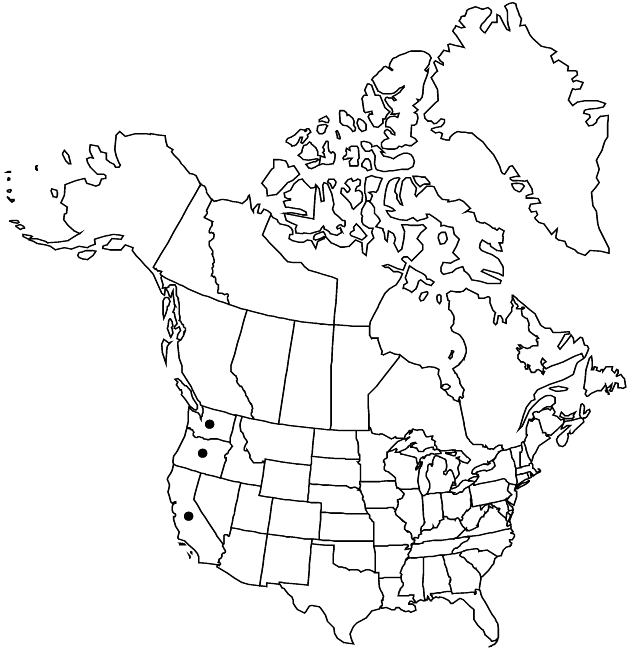Microseris laciniata subsp. laciniata
Stems usually branched. Leaves usually lanceolate or oblanceolate, entire or pinnately lobed. Outer phyllaries often purple-spotted, broadly lanceolate to ovate, smallest 2.5–9 mm wide, apices (erect) acute to cuspidate, abaxial faces glabrous. Pappi of 5–10, white, deltate to lanceolate, glabrous, aristate scales 0.5–3(–4) mm, aristae barbellulate. 2n = 18.
Phenology: Flowering Apr–Aug.
Habitat: Clay, loam, or gravelly soils, open sites, in marshes, meadows, pastures, hillsides, shrublands, and open woods
Elevation: 10–1900 m
Distribution

Calif., Oreg., Wash.
Discussion
Subspecies laciniata occurs principally away from the coast, in interior valleys and hills, rarely reaching high elevations. The width of the outer phyllaries is a convenient way to separate it from subsp. leptosepala, with which it intergrades in the Klamath Mountains and at various sites east of the Cascade Range. Intergradation with subsp. detlingii occurs in Jackson County, Oregon.
Selected References
None.
